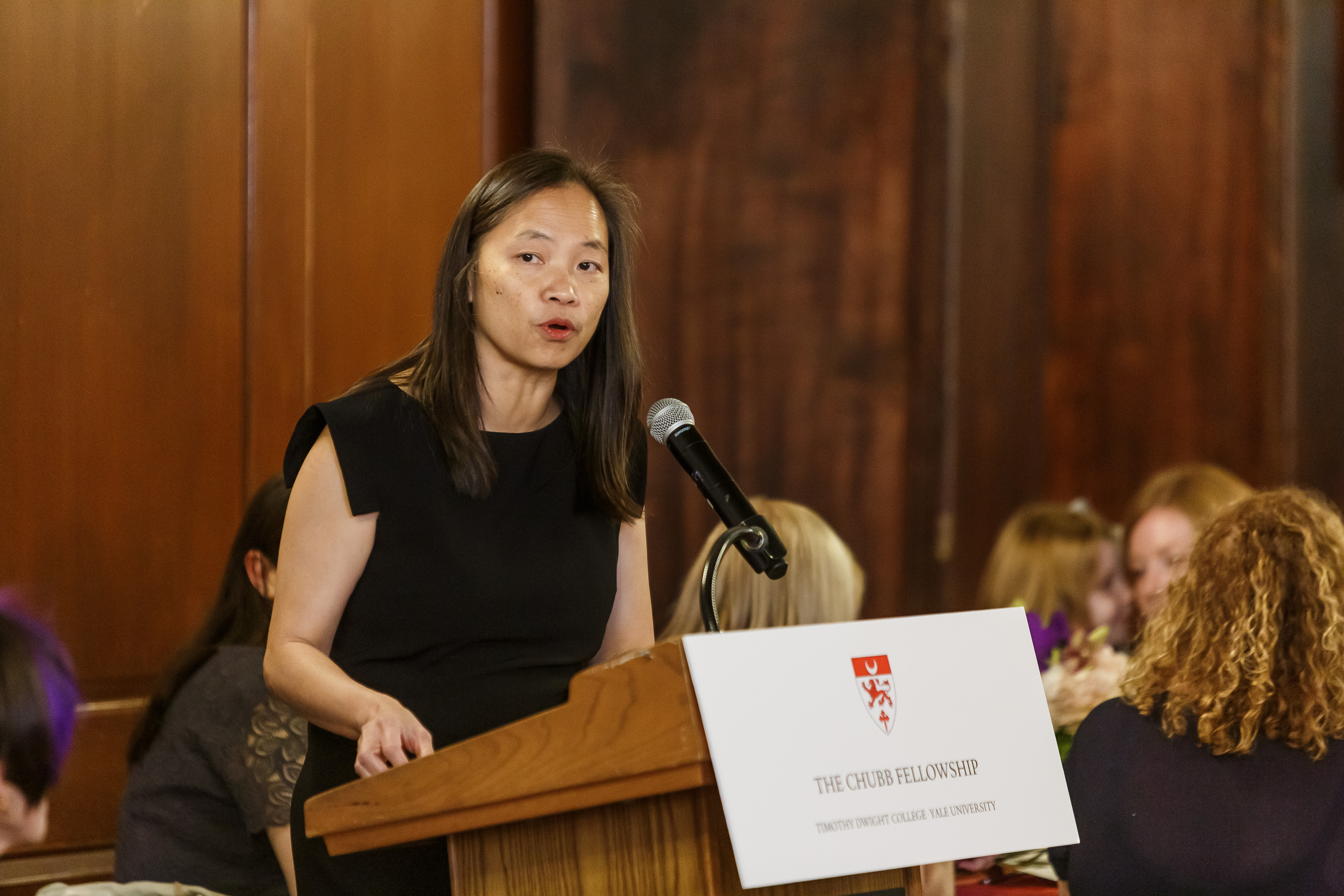
Can you tell us about a teacher who shaped your undergraduate or graduate education?
I benefited greatly from all of my undergraduate and graduate teachers. But I have to say the most formative educational experience that brought me to ethnic studies was working for the Museum of Chinese in the Americas or the New York Chinatown History Project as it was called. Having the opportunity to work with historians and community activists to document and interpret New York City Chinatown’s past is the reason that I chose to pursue a doctorate in history, specializing in Asian American history.
What book or article has recently been on your mind?
I recently came across a special January 1970 issue of the Music Educators Journal focused on the crisis of public school music education in inner city schools. Teachers, administrators, musicians, and scholars wrote to address what they saw as the failures of a Eurocentric music curriculum focused on folk songs or classical music to engage and teach urban school children coming from a diversity of social and economic backgrounds. It’s clear that the issue’s contributors were wrestling with how to address and incorporate meaningfully the work of non-white artists in the U.S. and around the world while still holding onto a foundational music curriculum that would serve all. At the same time, schools were contending with issues of access and funding that would limit the possibilities for change. So many of the issues they discussed 50 years ago are just as relevant today.
What are you working on now?
I am still working on my book, Making Model Minorities: Asian Americans, Race, and Citizenship in Cold War America at Home and Abroad. I am also writing an article looking at the history of the “Suzuki method” of violin instruction in the U.S. as more than a story of Cold War cultural exchange. Instead of narrating the method's introduction in the late 1950s/early 1960s, I begin with prewar imperials histories of transnational cultural exchange and migration that made the postwar proliferation of the Suzuki method in the U.S. possible. I also explore the impact of the method against the larger context of the crisis of public education during the years of the Civil Rights movement of the 1960s and 1970s.
Can you tell us about one of your best teaching experiences?
I’ve been fortunate to have had so many motivated and thoughtful students in my 2 decades of teaching Asian American history at Yale. Two special moments come to mind. One was during my “Introduction to Asian American History” survey course when I lectured on the topic of Hollywood representations of Asian Americans in the 20th century. The students in that class were thoroughly engaged with the lecture and struck by all the examples I showed. At the end, the students broke out in spontaneous applause. I was thoroughly taken aback and for weeks students would let me know in person or via email how much they appreciated the lecture. Another special moment was in my history junior seminar on “Asian American Women and Gender History” a few years ago. The class was remarkable for having meaningful and lively discussions of the assigned readings in a very collaborative and supportive setting. We were reading Valerie Matsumoto’s City Girls that was a social history of 2nd generation Japanese American women growing up in Los Angeles in the interwar years. Two of my students were inspired by the discussion on food and community-building so they decided to make mochi to surprise the class. It didn’t turn out so well so they baked chocolate chip cookies instead.
